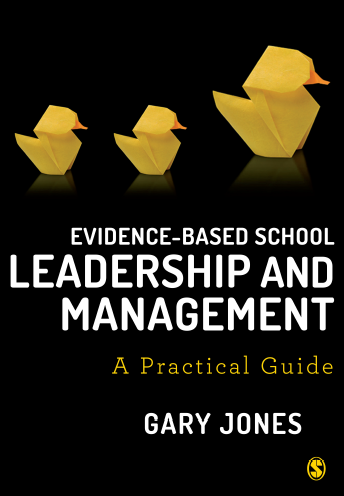As a school research lead you may often be
called upon to give colleagues a ‘pep talk’ about the importance of research
and evidence to your school. As such, it seems sensible
to look at the research and evidence about motivating colleagues through the
use of pep talks. So this post will look
at the recent work of (McGinn, 2017) who draws upon (Mayfield, Mayfield, & Kopf, 1995, 1998) and their research into Motivating Language Theory.
Motivating Language Theory (MLT)
MLT suggests there are three elements of
motivating language, which once fully understood can be used to give more ‘motivating’
pep talks. These elements are:
Uncertainty
reducing language – where ‘leaders provide
information about how precisely how to do the task at hand, giving easily understandable
instructions, good definitions of tasks, and detail on how performance will be
evaluated.’
Empathetic
language by showing concern for audience as
human-beings by including ‘praise, encouragements, gratitude, and acknowledgement
of a task’s difficulty.’
Meaning
making language ‘this explains why a task is
important. This involves linking the
organisation’s purposes or mission to listener’s goals. Often meaning making-language includes the
use of stories …. of how the work has made a real difference in the lives of
customers or the community.’ (McGinn, 2017) p. 134
As (McGinn, 2017) notes a good pep talk given to either a group or an individual will
contain aspects of all three elements. However,
getting the right mix will depend on the context and who is in your audience, and how well you know them.
What
are the implications for the school research lead?
First, it is really important that you are
in command of both terminology and processes– that you can explain the
difference between research, practitioner inquiry and evidence-based
practice. In other words, what is it
that you are asking them to do? This all
means when you talk about research engagement or research involvement that you
can provide practical examples of the differences between the two. If colleagues want to be ‘research engaged’
they are given very clear guidance about how they can go about it – which probably
involves some very small but clearly achievable task which is directly relevant
to their teaching.
Second, understand that for many colleagues
‘research’ is scary stuff. They may not
have read any educational research in years – they might not know what is meant
by effect size and may be far more concerned about teaching Y11 Group C on a
Friday afternoon. Acknowledge, that
becoming research engaged will take time and effort and that to create the time
and space for research, specific actions are being undertaken to reduce
work-load. My own view – is that for
every new initiative you start with colleagues – you should be looking to get
rid of at least two if not three other tasks which colleagues are expected to
complete. In other words, subtract tasks
before you add tasks. Furthermore, if
colleagues have done a great job in say developing a journal club – thank them.
Third, connect to why research and evidence
is important and central to the work of the school. Research and evidence is essential if we are
going to provide the best possible education for our pupils and so that they
can have the best possible life-chances.
Research and evidence is vital if we are going to make use of our most
scare resource – colleagues time.
Research and evidence is vital if we are going to make decisions to
protect those activities that really matter, especially at a time of financial
pressure. Research and evidence, needs
to be part and parcel of our own professional development if we are to learn
and progress throughout our careers in education. Research and evidence is a prerequisite if we
are going to keep up with the latest developments both in our subjects and in
teaching, especially given how quickly knowledge can depreciate and become out
of date. Research and evidence, to help
us challenge our own biases and prejudices – and to make us just stop and think
and reflect, that you know what, I might just be wrong.
References
Mayfield,
J., Mayfield, M., & Kopf, J. (1995). Motivating Language: Exploring Theory
with Scale Development. The Journal of
Business Communication (1973), 32(4), 329-344.
doi:doi:10.1177/002194369503200402
Mayfield, J., Mayfield, M., & Kopf, J. (1998). The
effects of leader motivating language on subordinate performance and
satisfaction. Human resource management,
37(3), 235-248.
McGinn, D. (2017). The science of pep talks. Harvard business review, 95(4), 133-137.
